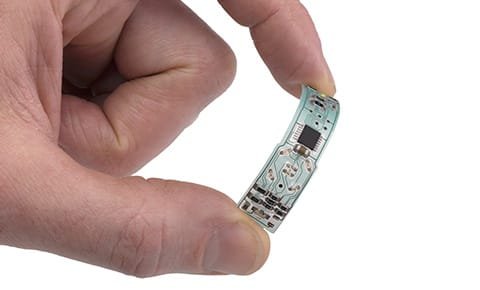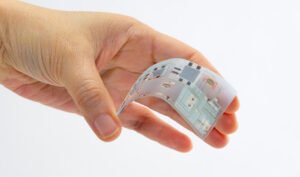Sensors are the foundation of modern smart life. Mobile phones, wearable devices, electric vehicles, smart homes… almost all smart devices are inseparable from sensors. Among them, pressure sensors are required in all situations related to contact and strength. For example, the pressure screen of a smartphone has pressure sensors all over the inside.
Pressure sensing plays a great role in the field of intelligence, but the problem is that after an object is pressed, bent or deformed, the accuracy of the built-in pressure sensor will drop sharply, which also greatly reduces the use range of the pressure sensor. For example, why have there been no smart shoes that can weigh people? Why can’t car tables and chairs automatically fit the human body?
The reason is that the pressure sensor cannot work in such situations that are prone to bending and deformation. This question has puzzled scientists and product designers for years, until recently, when the situation changed – flexible pressure sensors can be produced by weaving nanofibers and then spraying them with silicone materials. The accuracy of flexible sensors is still high after bending and deformation, which has a great impact on the design ideas of smart devices.
The flexible pressure sensor is a flexible electronic device used to sense the force on the surface of an object. It can be attached to the surface of various irregular objects and has broad application prospects in the fields of medical health, robotics, biomechanics and other fields. With the development of science and technology, whether flexible pressure sensors can combine flexibility and accurately measure pressure distribution information has become the focus of attention. Because the microstructure can not only improve the sensitivity of the sensor, but also restore the elastic deformation of the sensor faster, giving it the ability to respond quickly.
Therefore, constructing microstructures is an effective way to improve the comprehensive performance of flexible pressure sensors and has become the focus of academic and industrial circles. The scientific research team cleverly used a self-assembled array of polymer colloidal microspheres as a template to prepare a flexible substrate with a micro-protrusion array through two-step replication. Compared with the traditional photolithography method for preparing microstructured silicon templates, the all-chemical method used in this study does not need to rely on expensive photolithography equipment and complex photolithography processes. It has a simple preparation process, low cost, and can pass through the colloidal microsphere particle size. The choice to control the size of the micro-bumps on the flexible substrate and other advantages. The manufactured flexible pressure sensor has the characteristics of high sensitivity, fast response time and good stability, and has strong sensitivity to low pressure section pressure.
The magic of the flexible pressure sensor is that it can accurately reflect the pressure when a soft object presses against another soft object. It can be said that current pressure sensors are rigid and solidified, while flexible pressure sensors are elastic, soft and flexible, and have a wider range of application scenarios. For example, this kind of sensor can be integrated into the seat of a car. As long as the driver gets in the car, the system can sense the driver’s height and weight, calculate the driver’s field of vision, and then automatically adjust the angle of the rearview mirror and seat. , height to achieve the best driving position and better comfort.
At the same time, the airbags in the car will automatically adjust their angles to better protect the driver in emergencies. For another example, integrating flexible sensors into shoes can not only detect your weight, but also sense whether your posture for exerting force when running is correct and whether you have a good grasp of your body balance when climbing. In addition, it can also be integrated into the golf club, so that whether you are grabbing the club correctly and whether there is deformation in your swing are all under the control of the system. Perhaps, in the future, golf coaches can hide in your mobile phone and instruct you to play in real time.
Not only can they shine in smart devices, flexible sensors can also be used in health detection. For example, current smart watches can only detect a person’s heartbeat by optically penetrating the skin. The blood flow detector made of flexible sensors can work close to the skin and detect the blood flow on the surface of the skin in real time. It can accurately detect even people during strenuous exercise.
In the medical field, breast cancer lacks simple and fast examination methods. Using gloves made of pressure sensors, doctors can detect subtle pressure changes in the breasts and judge a person’s health condition more quickly. At the same time, designers can also integrate this sensor on a person’s belt. When the user eats more, the belt will sense and prompt in real time. This kind of belt can also be used as a detector of fitness effects to continuously monitor the user’s body shape. Monitor and combine with smart programs to make “tailor-made” fitness recommendations.






